Top 10 Biggest Platinum Mines of the World by Production
| Table of Contents |
Quick Facts: Platinum Mine
Production of Platinum in the World
White in color, platinum is a soft, heavy, and precious metal. It is frequently found in catalytic converters for automobiles and is widely used in jewelry. Global demand for platinum was estimated to reach 6.8 million ounces in 2022. Platinum production is essential to supplying the market due to the high demand. There will likely be 190 metric tons of platinum produced globally in 2022.
Largest platinum producing countries
By producing 140 metric tons of platinum in 2022, South Africa is expected to maintain its dominance of the industry. Russia comes in a distant second with 20 metric tons of platinum produced by it in the same year. Zimbabwe, the third-largest producer, produces about half to three quarters as much as Russia. Canada and the United States are the world's fourth- and fifth-largest producers of platinum, respectively. There is less platinum made than in Zimbabwe. Actually, there is just one company in the country that mines platinum.Largest platinum mining companies
Anglo American Platinum will produce 2.4 million ounces of platinum in 2021, making it the world's largest producer of the metal. It is not surprising that Nornickel, a Russian company, was among the top producers of platinum in 2021, producing 634,000 ounces of the metal, given that Russia is the second-largest producer of the metal in the world.
The ten largest platinum mines by production are listed below, based on data from GlobalData's mining database and other sources (Ranked and recommended by KnowInsiders.com).
Check more: Top 10+ Largest Cobalt Mines in the World
Top 10 Largest Platinum Mines in the World Today
1. Implats Mine, South Africa
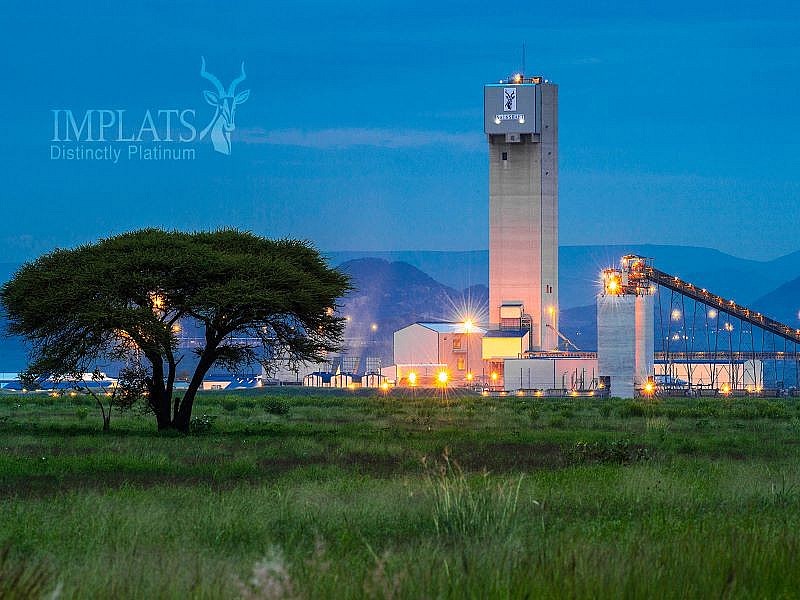 |
| Impala Platinum Mine - Largest Platinum Mines in the World |
The Impala platinum mine has been in operation since 1969 and is situated on the western limb of South Africa's renowned Bushveld Complex. Till 2035, the mine will be in operation.
Through its subsidiary Impala Refining Services (IRS), Impala Platinum Holdings (IMPLATS) owns 96% of the mining operation, with an employee share ownership trust holding the remaining 4%.
Hans Merensky discovered the Bushveld Igneous Complex in 1924, which is thought to contain the largest platinum group metals (PGMs) resources in the world. Impala Platinum Limited was established as a subsidiary of Union Corporation in April 1968 after the company had developed the first vertical shaft in 1967.
After a mining lease was granted in 1968, commercial production started in July 1969 from the complex's Merensky Reef section. Later in 1980, with the development of technology to smelt higher chrome ore, mining on the UG2 chromitite layer began.
In 2019, the impala mine generated 753,800 ounces (oz) in total of refined platinum. The platinum mine's remaining mine life was estimated to be 15 years as of that year.
Due to the COVID-19 pandemic's outbreak, the Impala mine's operations were suspended in March 2020, with a planned partial restart of operations in April 2020. Impala Platinum was charged criminally by the state as a result of this decision for breaking a number of rules outlined in the Disaster Management Act 57 of 2020.
The Bushveld Complex in South Africa (the Leeuwkop project, Marula Platinum, and Two Rivers Platinum), and the Great Dyke in Zimbabwe, where Implats operates Zimplats and has an interest in Mimosa Platinum, are the two largest known platinum group mineral-bearing orebodies in the world.
2. Marikana Mine (Lonmin), South Africa
 |
| Marikana Platinum Mine |
The Marikana platinum mine of Lonmin is situated 40 kilometers east of Rustenberg in the North West Province of South Africa, close to the town of Brits in the Marikana district. Owner of the Marikana Mine is Sibanye Stillwater (Lonmin).
In 2022, it is anticipated that the surface and underground mine will produce 440.76 thousand ounces of platinum. Till 2041, the mine will be in operation.
Through two of its subsidiaries, Western Platinum and Eastern Platinum, Lonmin, one of the largest primary producers of platinum group metals (PGM) in the world, has been involved in mining operations at Marikana since the 1980s.
95 percent of Lonmin's output of PGMs comes from Marikana.
The Marikana mine workers organized a violent week-long protest in August 2012 to demand a pay raise. On August 16, police opened fire, killing 34 mineworkers, injuring 78 others, and making 250 arrests. On August 14, Lonmin formally ceased production at the Marikana platinum mine, which it later resumed.
3. Mogalakwena Platinum Mine, South Africa
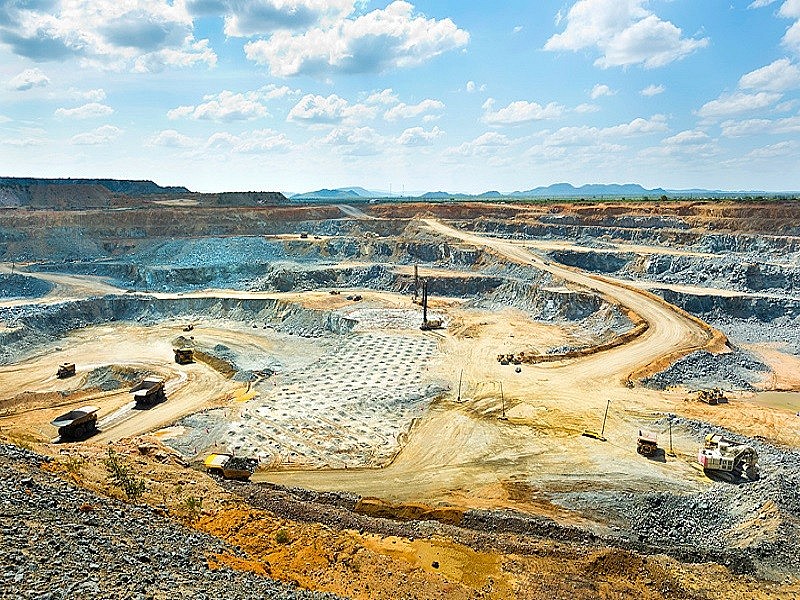 |
| Mogalakwena Platinum Mine |
In Limpopo, South Africa, there is a surface mine called the Mogalakwena Mine. It is the largest open pit platinum mine in the world in terms of production, and it is owned by Anglo American Plc, a subsidiary of Anglo American. In 2022, the greenfield mine is expected to produce 430.2 thousand ounces of platinum. Till 2051, the mine will be in operation.
Since 1993, the Mogalakwena mine has been in operation; full production is anticipated in 2024. It has a mine life of over 30 years, with room for expansion. The mine expansion feasibility study is still in progress and is anticipated to be finished in 2021. As part of the expansion, options for underground mining are also being investigated.
As part of the expansion, the current concentrators will be modernized and debottlenecked, and a brand-new concentrator will be built on the project site utilizing cutting-edge technology.
The mine milled 13.7Mt in 2019 and produced 518 million ounces (Moz) of platinum and 558 million ounces (Moz) of palladium, which accounted for more than 25% of Anglo American's total sales revenue for the corresponding year. More than 1,800 people are currently employed by the mine.
4. Kola MMC Mine, Russia
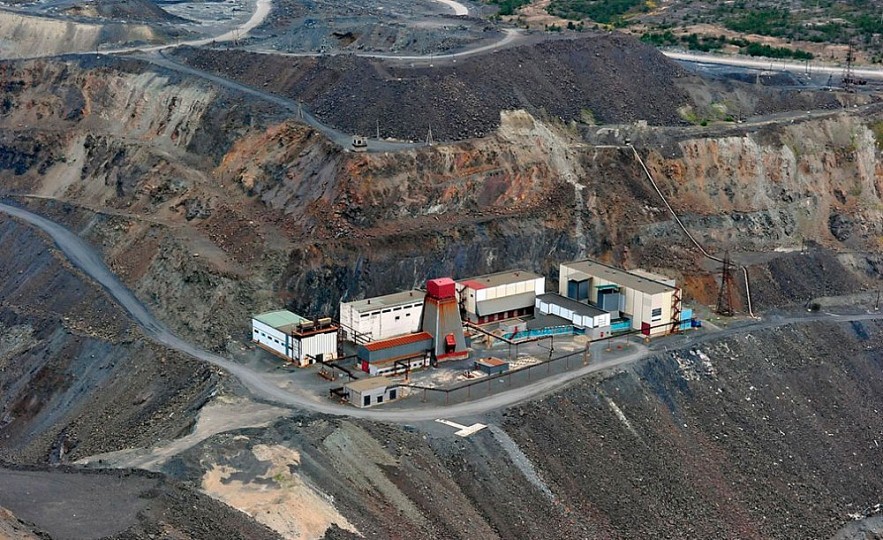 |
| Kola MMC Mine |
The Kola MMC Mine is a surface and underground mine located in the Russian region of Murmansk Oblast and is owned by MMC Norilsk Nickel. In 2022, the brownfield mine is expected to produce 363.57 thousand ounces of platinum.
In 2022, Russia will be the second-largest platinum producer in the world, with output increasing by 0.31% from 2021.
The largest producer of high-grade nickel and palladium in the world as well as a significant producer of platinum and copper is Norilsk Nickel (Nornickel), a diversified mining and metallurgical company. Along with other products, the company also manufactures cobalt, rhodium, silver, gold, iridium, ruthenium, selenium, and tellurium.
The Norilsk Nickel Group's production facilities can be found in Finland, in the Norilsk Industrial District, and in Russia's Zabaykalsky Krai and Kola Peninsula.
In the western Murmansk Region, between Nikel and Zapolyarny, a 25 km stretch, the Kola Division develops deposits. Dispersed copper-nickel sulphide ores containing nickel, copper, and other valuable metals are mined by the Division.
The mined ore is processed at the Zapolyarny Concentrator, and the copper-nickel concentrate that is produced is then delivered to the Kola Division's businesses in Finland and Russia.
5. Rustenburg Mine Complex, South Africa
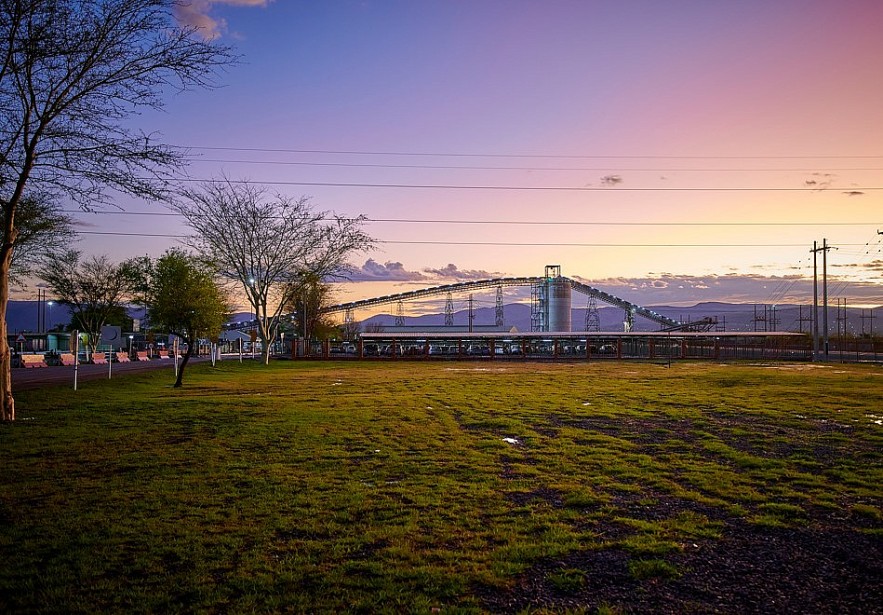 |
| Rustenburg Mine Complex |
An underground mine called the Rustenburg Complex is located in South Africa's North West. The brownfield mine, owned by Sibanye Stillwater, is expected to produce 358.19 thousand ounces of platinum in 2022. The mine should continue to run until 2051.
With surface sources and concentrators situated on the Western Limb of the Bushveld Complex, northeast of the town of Rustenburg in the North West Province of South Africa, about 120 km north of Johannesburg, Rustenburg is a shallow to intermediate level PGM operation.
The Rustenburg operation consists of three shallow inclined bord and pillar vertical shafts at Siphumelele 1, Khuseleka 1, and Thembelani 1 and three intermediate depth vertical shafts at Siphumelele 1, Khuseleka 1, and Thembelani 1.
Rustenburg had total attributable 4E PGM mineral reserves of 10.2Moz and 4E PGM mineral resources of 64.0Moz as of December 31, 2022.
6. Amandelbult Mine Complex, South Africa
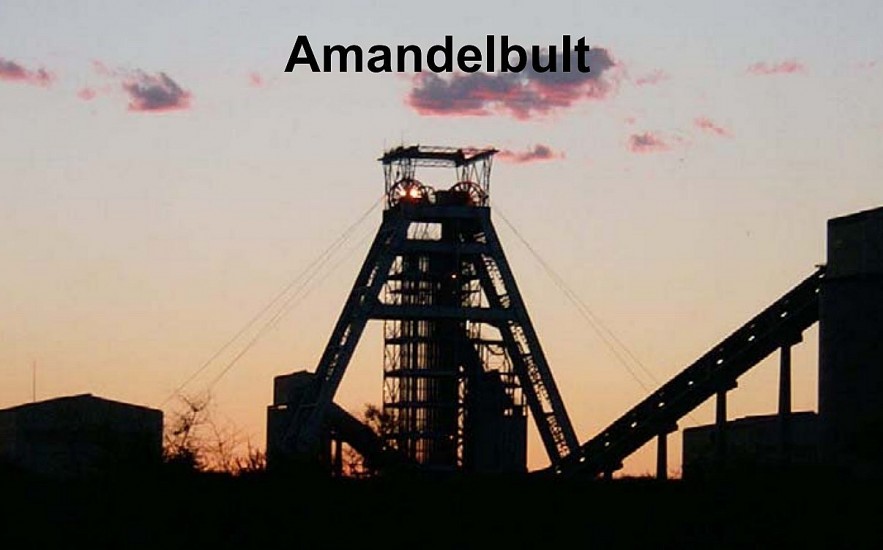 |
| Amandelbult Mine Complex |
Underground mining takes place at the Amandelbult Mine, which is located in Limpopo, South Africa. The greenfield mine, which was operated by Anglo American Plc and produced an estimated 349.6 thousand ounces of platinum in 2022, is owned by the company. The mine is expected to remain operational until 2041.
7. Zimplats Mine, Zimbabwe
 |
| Zimplats Mine in Zimbabwe |
Impala Platinum Holdings is the owner of the Zimplats Mine in Mashonaland West, Zimbabwe. In 2022, the underground mine is anticipated to produce 266.57 thousand ounces of platinum. Till 2059, the mine will be in operation.
Implats owns Zimplats Holdings Limited (Zimplats), which is situated on the Hartley Geological Complex on the Great Dyke of Zimbabwe to the southwest of Harare. At Ngezi, Zimplats manages both an opencast and an underground mine. About 77 km north of the mine is the Selous Metallurgical Complex (SMC), where the ore is concentrated and smelted. The SMC's Hartley Platinum Mine, which the company also owns and currently maintains, is located there.
Delta Gold Limited (Delta) created Zimplats in 1998 to take over its platinum interests. The joint ventures, which included a concentrator and smelter, at Hartley Platinum and Mhondoro Platinum were acquired by the company in May 1999 from BHP. The Ngezi/SMC project was started by Zimplats in 2001, and the first converter matte was exported in April 2002.
In a joint venture with South African bank ABSA, Implats purchased a 30% stake in Zimplats from Delta in 2001. Implats had first dibs on the 15% ABSA stake as well as a 30% direct stake in Makwiro Platinum (Pvt) Limited at the time. Zimplats held the remaining 70% of the shares. The Group bought a further 21% stake in Zimplats from Aurion Gold in August 2002, and in June 2003 it bought ABSA's 15% stake. Following that, Zimplats' minority shareholders received an unconditional cash offer from Implats.
As a result of buying out minority shareholders and receiving 14.9 million ordinary Zimplats shares issued in 2006 upon selling its 30% stake in Zimbabwe Platinum Mines (Pvt) Limited (previously Makwiro Platinum (Pvt) Limited) to Zimplats, the group currently owns 87 percent of the company.
In December 2001, Zimplats started producing at the Ngezi opencast mine. However, Zimplats decided to replace the opencast tonnes mined with underground tonnage from the Portal 2 underground mine, which uses the traditional bord and pillar mining method, in order to reduce the amount of opencast tonnes mined.
Zimplats announced in May 2006 that the Ngezi Expansion - Phase 1 project, the first phase of the company's long-term expansion plan, had been approved following the signing of an agreement with the Government of Zimbabwe. With the completion of this project, the last opencast mining operation will be replaced by underground mining operations. A new 1.5 million tonne per year concentrator will be built at Ngezi at the same time as two new underground mines (Portal 1 and Portal 4) thanks to an investment of US$340 million. Up from the current 90,000 ounce level, platinum production is anticipated to reach 160,000 ounces of matte platinum annually by 2010.
8. Kroondal Mine, South Africa
The Kroondal Mine is a subterranean mining operation that can be found in the North West region of South Africa. It is estimated that there are 6.2 million ounces of platinum in the reserves located at Kroondal, making it one of the largest platinum reserves in South Africa. The mine has a yearly output of approximately 217,000 troy ounces of platinum.
The greenfield mine, which was operated by Anglo American Plc and produced an estimated 240 thousand ounces of platinum in 2022, was named after its owner. The mine is expected to remain operational until 2029.
9. Bafokeng-Rasimone Platinum Mine, South Africa
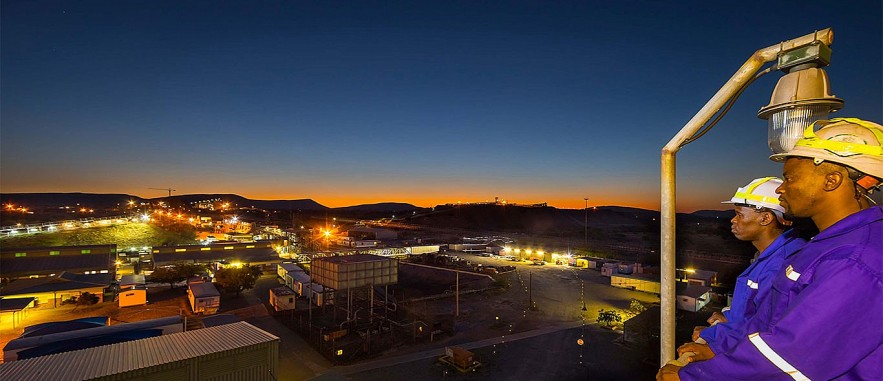 |
| Bafokeng-Rasimone Platinum Mine |
The Bafokeng-Rasimone Platinum Mine (BRPM), which is owned by Royal Bafokeng Platinum, is an underground mine located in North West, South Africa.
The Boschkoppie property was where BRPM first produced concentrate, and the Merensky and UG2 Reserves currently in place support an estimated 30 years of mine life.
The North shaft Merensky decline system and related infrastructure will be extended as part of this project from level 10 all the way down to the mining boundary at level 15. Using a hybrid mining technique, the Merensky production levels from level 11 to level 15 will provide access to 1.4 million Merensky ounces (4E).
The task was finished in the fourth quarter of 2019.
In 2022, the brownfield mine is expected to have produced 160.6 thousand ounces of platinum. The mine is anticipated to close in 2052.
10. Booysendal South Platinum Mine, South Africa
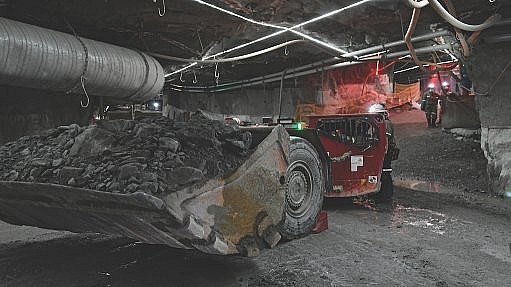 |
| Booysendal South Platinum Mine |
An underground mine called the Booysendal South Mine can be found in Mpumalanga, South Africa (about 35 km west of Mashishing, straddling the border between Mpumalanga and Limpopo). The brownfield mine, owned by Northam Platinum Holdings, is expected to produce 149.12 thousand ounces of platinum in 2022. The mine should continue to run until 2041.
The infrastructure of the former Everest mine owned by Aquarius Platinum, which Northam purchased in June 2015 for R450 million, is included in Booysendal South.
A 250 000 t/month concentrator, underground equipment and access, a tailings storage facility (TSF), workshops and offices, infrastructure, and access to power and water were all included in the purchase of Everest.
Three upper group two (UG2) modules—BS1, BS2, and another UG2 module in the south, BS4—as well as one Merensky module (BSM) are all part of the South mine.
With the current strategy, nearly 7 million ounces of 4E PGM (platinum, palladium, rhodium, and gold) mineral reserves can be mined over a 25-year mine life.
For more than 25 years, the Booysendal South mine will continue to produce 250 000 oz of 4E PGMs.
Northam has installed an aerial rope conveyor system to transport ore over the difficult regional topography in an inventive application of engineering solutions. From the central portal complex to the Booysendal South concentrator, which is almost 5 km away, ore is transported using the South aerial rope conveyor system, or Ropecon. The conveyor can move 1 150 t/h of material.
The conveyor is supported by 12 tower structures that make up the first phase. Seven tower support structures make up the second phase of construction.
Northam has stated that the project may be expanded.
Conclusion
You have just found out that South Africa is home to the majority of the world's largest platinum mines, and you have found that they are all located in South Africa. However, the aforementioned platinum mines are unable to satisfy the growing demand for platinum around the world. As a result, smaller platinum mines located all over the world are attracting an increasing amount of interest.
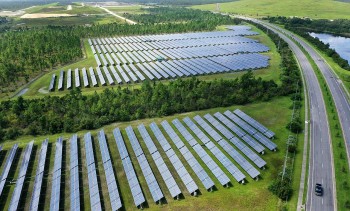 Top 15+ Biggest Solar Farms in the U.S Top 15+ Biggest Solar Farms in the U.S Solar energy is growing in popularity across the United States. Explore the largest solar farms in the US today. |
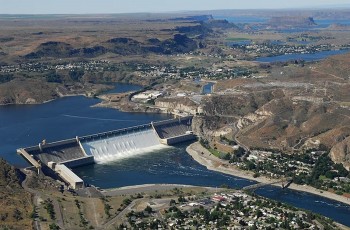 The Biggest & Most Majestic Hydroelectric Plants on Each Continent The Biggest & Most Majestic Hydroelectric Plants on Each Continent Let's explore the top of the largest and most beautiful hydroelectric plants in Europe. In addition to providing electricity, hydroelectric dams are also attractive tourist ... |
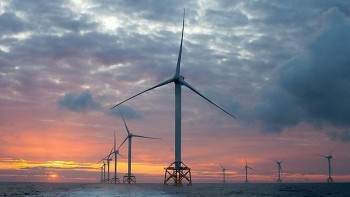 Top 10+ Largest Wind Farms in Canada - Offshore/Onshore Top 10+ Largest Wind Farms in Canada - Offshore/Onshore Wind energy is gaining more and more attention in Canada. Explore the largest wind farms (offshore and onshore) in Canada today. |
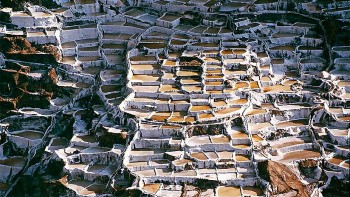 Top 10 Largest Underground Salt Mine in the World Top 10 Largest Underground Salt Mine in the World Let's explore the largest underground salt mines in the world today. These salt mines are also a tourist destination visited by many tourists. |























